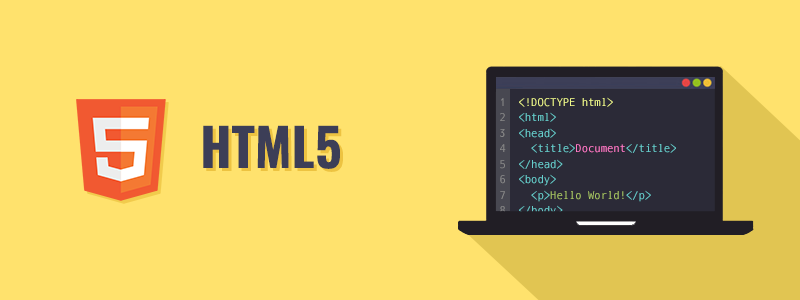
- Html5 audio events how to#
- Html5 audio events update#
- Html5 audio events software#
- Html5 audio events code#
- Html5 audio events free#
I hope you’ve enjoyed learning about HTML5 audio and how you can create your own players.
Html5 audio events free#
Feel free to take a look if you are interested. As we already learned, “duration” stands for audio length and “currentTime” represents how much audio has played.Īdd the below codes and you will see the progress bar is running!įinally, you can add the styles you like to make your play prettier.īelow is the codepen link which has all the source codes on this blog. Regarding the last one, we need to grab the length of the current audio, and how much of it has played, to calculate the percentage and set the correct width of the progress bar.
Html5 audio events update#
For the 4th user story, we only need to update the source of the audio element.It then triggers play() and updates the button style, otherwise in reverse. It utilizes the “paused” attribute, “play()” and “pause()” APIs, if the audio is paused. For the first 3 stories, we can bind the below event to this play/pause button.

Then write JS codes to make the player run! Now let’s implement our functions based on the above user stories.

buffered: Returns a TimeRanges object representing the buffered parts of the audio/video.Important tag attributes and JavaScript APIs.So, first let’s get familiar with HTML5 audio tag attributes and some APIs we need to use in our demo.
Html5 audio events software#
To be successful and outpace the competition, you need a software development partner that excels in exactly the type of digital projects you are now faced with accelerating, and in the most cost effective and optimized way possible.
This means that we can easily style our own player.Ĭhoosing a Global Software Development Partner to Accelerate Your Digital Strategy You might be thinking: “What if I wanted to style my own audio player with its own buttons and progress bar?”Īctually, HTML5 provides quite a few useful APIs to make it possible to manipulate audio elements with JavaScript. This means that the player will look different in different browsers.
Html5 audio events how to#
This article is going to tell you how to build your own HTML5 audio player.Īs seen in the above code, it will create a player using the default style that each browser provides. Now HTML5 audio/video provides another option for us, although it’s still not as powerful as Flash due to browser limitations. In the past, implementing audio and video in a web application would be very tedious since we would need to import heavy third-party plugins such as Flash. With the standardization of HTML5 and most modern browsers starting to implement HML5, it’s been a great surprise for us. If you have specified a different audio player ID in the Publish dialog, you need to change the number accordingly.Īll codes can only be executed after the jQuery document is ready.Įvents: jQuery(document).Web developers have wanted to use audio and video on the web for quite a long time.
Html5 audio events code#
In the following code snippet, amazingaudioplayer-1 is the id of the player DIV. With Amazing Audio Player API and events, you can execute your own JavaScript when a player event occurs, like when an audio plays or pauses.


 0 kommentar(er)
0 kommentar(er)
